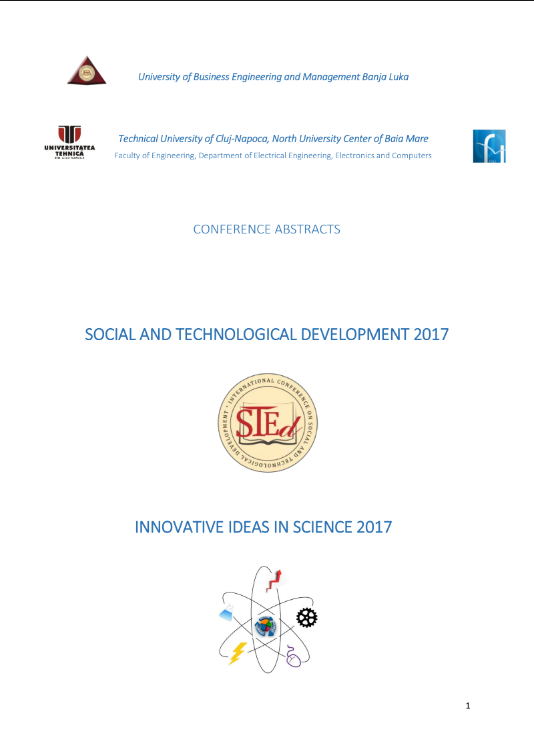
This is an open access article distributed under the Creative Commons Attribution License which permits unrestricted use, distribution, and reproduction in any medium, provided the original work is properly cited.
Today, one of the urgent tasks set before the gas transportation system of Ukraine is to ensure the efficient and reliable operation of automated control systems for compressor stations, and in particular automatic control systems for gas-pumping units (GPU). At the same time, automatic control systems of GPU should respond to changes in the technical state of the GPU, which requires the use of modern methods and diagnostic tools, and take this change into account when choosing the optimal modes of operation of the GPU and the compressor station in general. The system of vibration diagnostics of the technical condition is considered on the basis of the latest development of Siemens Concern - a technological module for measuring the vibration parameters of SM1281 Condition Monitoring with a set of accelerometers (industrial standard for IEPE - Integrated Electronics Piezo-Electric) and structure of its parameterization is described. The system of vibration diagnostics has been tested at the study of the technical state of the nodes (centrifugal guide apparatus, axial compressors, low and high pressure turbines) GPU-C-16S on the compressor station KS-3 "Dolina" of MPA "Prykarpatransgas". The hardware configuration using TIA Portal V13SP1 (Totally Integration Automation) Siemens design, the automatic control system of GPU on the basis of the Simatic S7-1200 PLC and the SM1281 Vibration Module are described. It is shown that the use of the given system of vibration diagnostics ensures its direct integration into the existing systems of automatic control of GPU and dispatch control of compressor stations based on SIMATIC S7-1200 and unified hardware-software tools and procedures.
The statements, opinions and data contained in the journal are solely those of the individual authors and contributors and not of the publisher and the editor(s). We stay neutral with regard to jurisdictional claims in published maps and institutional affiliations.